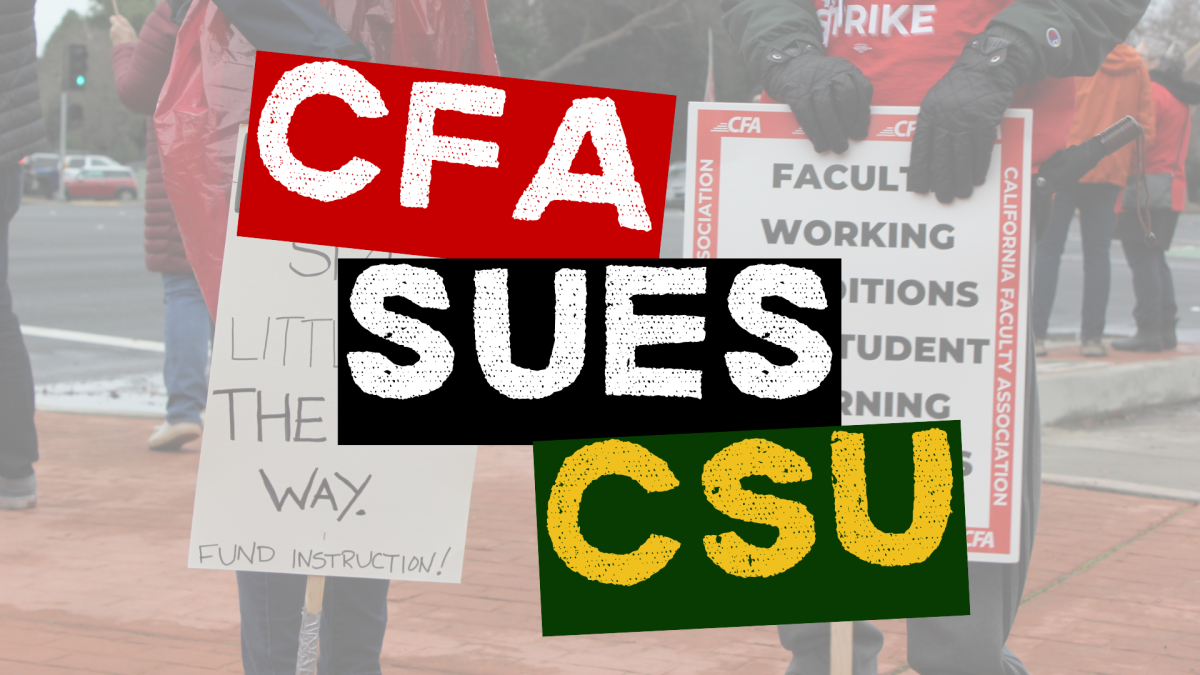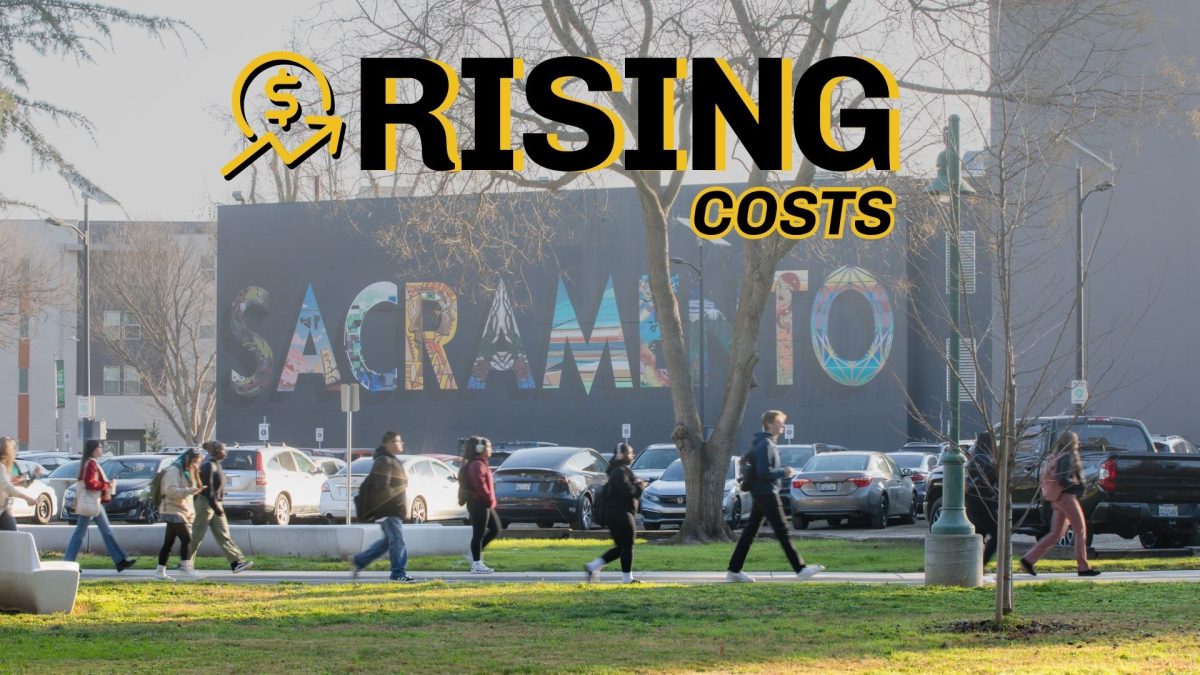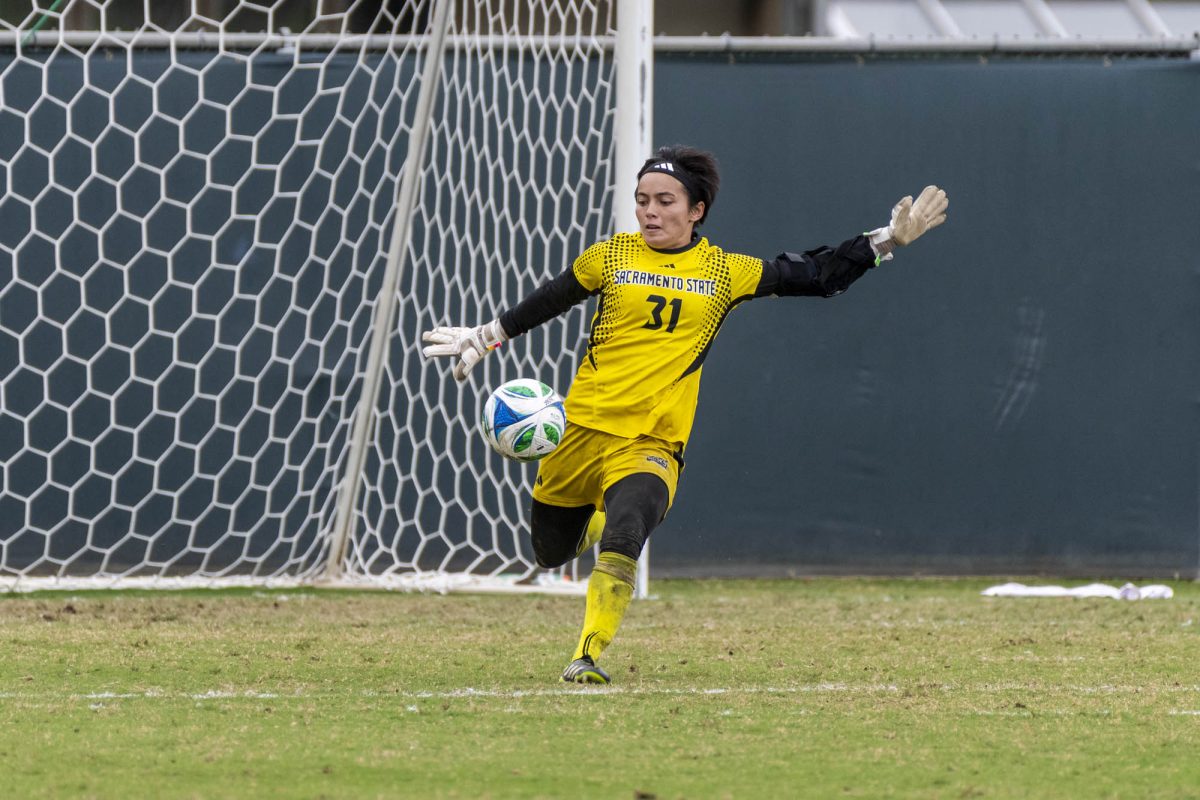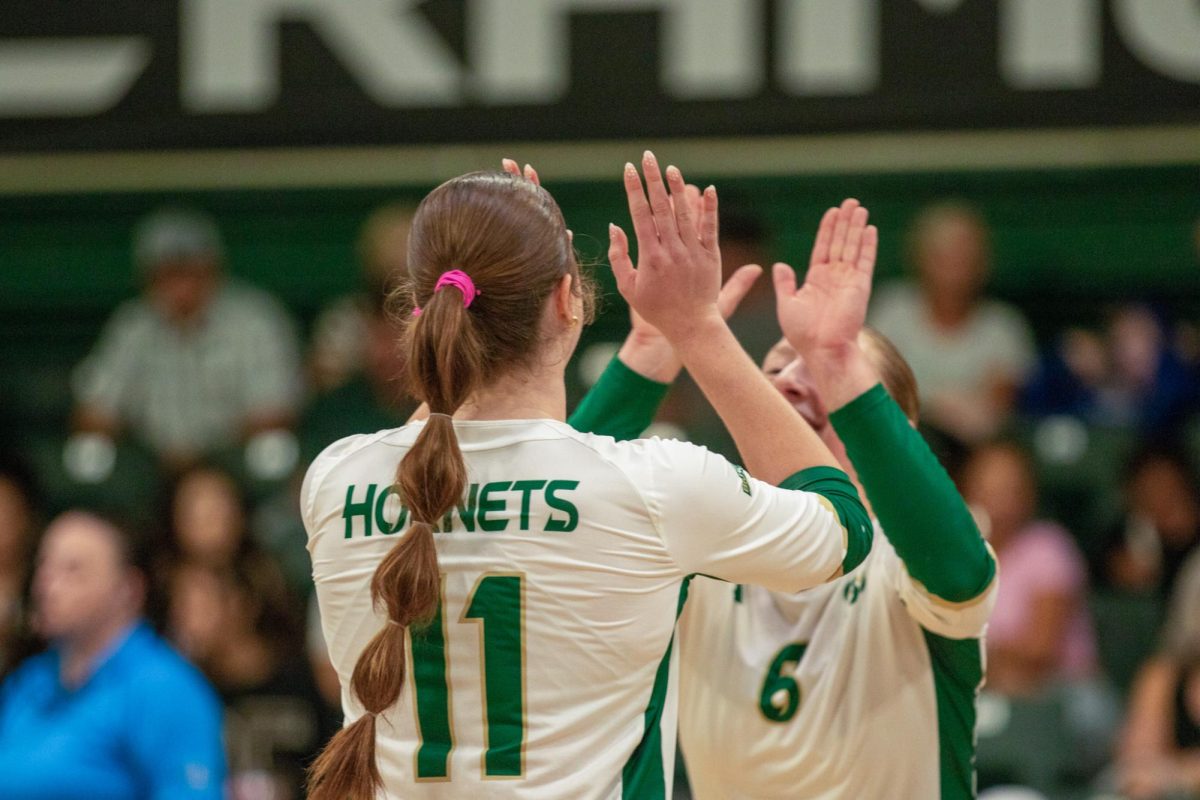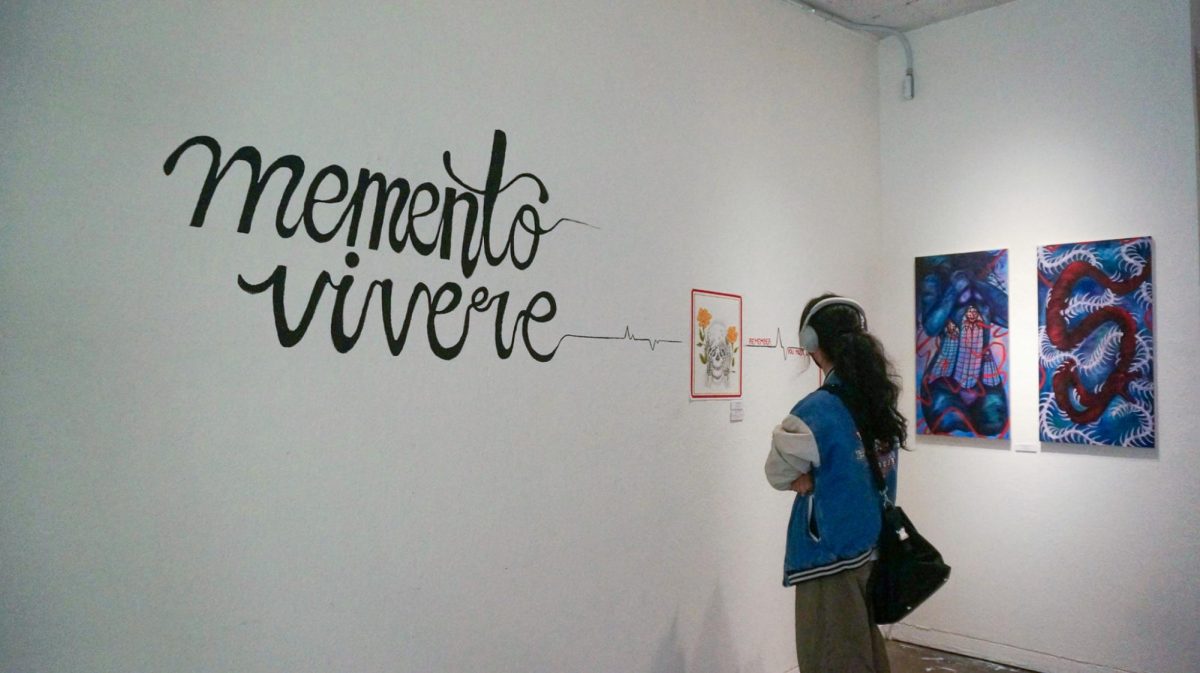Seeking relief from credit card debt
May 5, 2004
Angie Blair
State Hornet
As the cost of college fees, books and housing rise, so doesstudent debt. Students have fallen prey to rising expenses seekingcredit cards and loans as their only refuge.
Lakshmi Malroutu, from the department of Family and ConsumerSciences and former debt consoler, says that recently there hasbeen a rise in credit card solicitations targeting teenagers andyoung adults.
“Students are not aware of the dangers that are lurkingbehind those innocent looking applications,” Malroutusaid.
Malroutu says that students get into trouble by having an”out of sight, out of mind attitude” when it comes tocredit cards. When in fact a credit card is nothing more than aloan that must be paid back in a timely manner.
Credit card use is not always negative.
“Credit cards have several advantages,” Malroutusaid. “It gets you started in establishing a credithistory.”
Debt occurs when people charge more than they are able to payoff.
Malroutu said one way to safely start a good credit history isto get a secured credit card.
“You can get a secured credit card by putting money into asavings account and the bank will then issue you a credit cardusing the account as collateral,” Malroutu said. “Ifstudents don’t remain in control of credit card spending, thecredit cards will control their lives.”
This is the case with one Sac State senior, who is carrying theburden of $42,000 in credit card debt at the age of 24.
Annie got her first credit card when she was just 18 years old.Over the years she has charged school fees, books, vacations,clothing and just about anything else you can think of. Today, sixyears after she opened her first credit card, she has closed allcards and is focusing on repaying the debt.
“I have three credit cards, and each has minimum paymentof about $250 per month,” Annie said. “I try to pay atleast $100 over the minimum each month but it is really hard withall of my other bills.”
Annie currently waitresses to put herself through school and hasan income of about $2,500 per month. Almost half of her monthlyincome is being eaten up by credit card payments.
“Having this much debt definitely hurts yourcredit,” Annie said. “It is harder to get things like acar or a place to live.”
Kelly Durborough, another Sac State senior, has a very differentstory when it comes to managing money.
“I have always been a saver, it’s something that myparents taught me is very important,” Durborough said.
Like most teenagers going into college, Durborough moved out ofher parent’s house when she was 19 to live in an apartment.Over the next three years she worked 20 hours a week as a waitressat a local restaurant. Every night after work she deposited hertips into a savings account, withholding only what she needed forbills. In those three short years her savings account matured toover $30,000 &- a savings of about $1,000 per month. At just22 years old this college student and waitress bought her firsthome.
“I got something called a stated income loan,”Durborough said. “I had to put 10 percent down and have acredit rating of over 700.”
A great credit rating was no problem for Durborough who bought acar and paid it off within six months, and says she pays all of herbills on time and puts every expense on her credit card and thenjust pays it off at the end of the month.
“The house I bought is four bedrooms and I rent three ofthem out to friends. I pay less now then when I rented anapartment,” Durborough said. “In a couple years I hopeto buy another house.”
In a student’s life, credit cards can be used to help orhinder them. It is all about not exceeding your means, and havingcontrol over your own financial situation.


